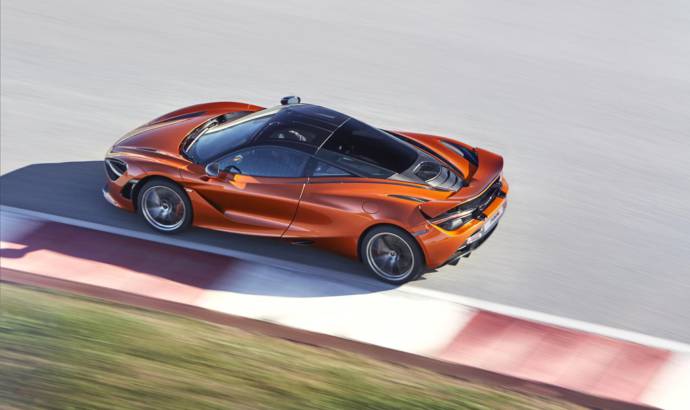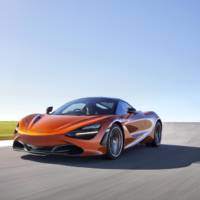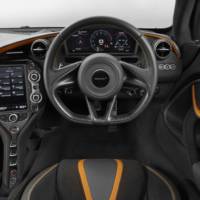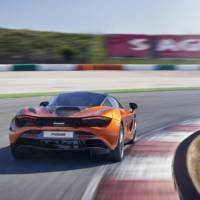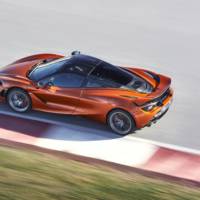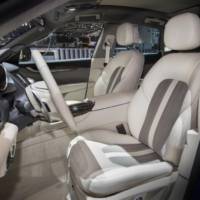McLaren 720S was on the headlines of all newspapers in England last week when Geneva Motor Show opened its gates to the public. After a long series of teasers and informations, McLaren decided to publicly unveil the all new 720S, a replacement for the ageing 650S.
The unveiling confirms both the 720S name and 720PS horsepower of the first model in the second-generation McLaren Super Series.
The new 720S is lighter, faster and even more dynamically capable than its McLaren 650S predecessor.
One glance at the 720S identifies it as a bold reinterpretation of McLaren’s design language. One of the key points in the design of the new Super Series is the absence of radiator intakes on the side of the car.
This function is carried out instead by the unique ‘double-skin’ aerodynamic form of the dihedral doors, which channel air to the high-temperature radiators that cool the mid-mounted engine.
The new M480T engine powering the 720S continues the lineage of McLaren’s multiple-award-winning, twin-turbocharged V8 engine series.
The 4.0-litre engine, which has 41 percent new part content compared to the 3.8-litre engine that continues to feature in the McLaren Sports Series, generates a maximum of 720PS and 770Nm of torque.
Performance is simple: standstill to 100km/h (62mph) takes less than 3 seconds and just 5 seconds later the car has passed the 200km/h (124mph) mark on its way to a maximum speed of 341km/h (212mph). Braking is equally impressive, the new 720S coming to a halt from 200km/h (124mph) in just 4.6 seconds, covering 117m.
Additionally, the new McLaren 720S delivers 10.7 litres/100km combined fuel economy and CO2 emissions of just 249g/km in the New European Driving Cycle (NEDC).
McLaren’s expertise in carbon fibre structures – every road car built by the British manufacturer since the McLaren F1 in 1993 has had a carbon fibre chassis – underpins the construction of the new 720S.
The architecture of the car is based around a new carbon fibre ‘tub’ and upper structure, the McLaren Monocage II. This technology delivers extreme strength and rigidity in a lightweight structure and is the ideal base for any supercar. A range of aluminium alloys are also used extensively in the chassis, as well as for some body panels.
A new generation of McLaren’s Proactive Chassis Control, new suspension and the McLaren’s power-assisted, electro-hydraulic steering are all there.

